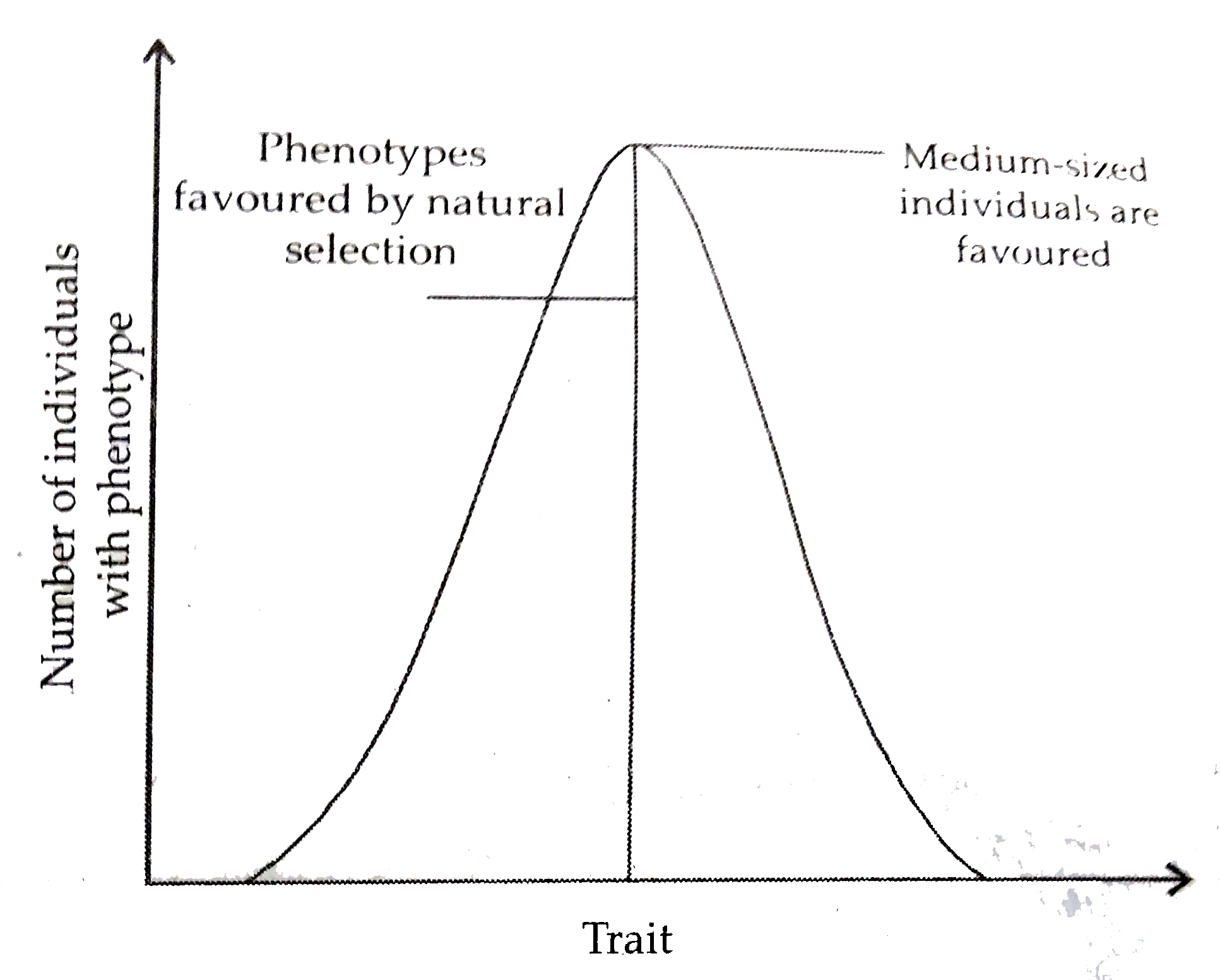What are the different ways in which individuals with a particular trait may increase in a population?
To answer the question about the different ways in which individuals with a particular trait may increase in a population, we can break it down into three main mechanisms:
1. Natural Selection:
- Natural selection is a process where individuals with traits that provide a survival advantage are more likely to survive and reproduce. Over time, these advantageous traits become more common in the population.
- Example: In a population of rabbits, those with thicker fur may survive better in colder climates. As a result, more rabbits with thick fur will reproduce, increasing the frequency of this trait in the population.
2. Genetic Drift:
- Genetic drift refers to random changes in the frequency of gene variants (alleles) in a population, which can lead to certain traits becoming more common or rare, regardless of their effect on survival.
- Example: In a small population of flowers, if a few flowers with a specific color happen to survive a random event (like a storm), that color may become more common in the next generation, even if it does not provide any survival advantage.
3. Acquired Traits:
- Some traits are acquired during an individual's lifetime and can influence their ability to survive and reproduce. While these traits are not inherited genetically, they can still affect the population dynamics.
- Example: A bird that learns to find food more efficiently may survive better and produce more offspring, passing on the learned behavior (though not the trait itself) to its young.
Summary:
In summary, individuals with a particular trait may increase in a population through natural selection, genetic drift, and the influence of acquired traits.
---
- Natural selection is a process where individuals with traits that provide a survival advantage are more likely to survive and reproduce. Over time, these advantageous traits become more common in the population.
- Example: In a population of rabbits, those with thicker fur may survive better in colder climates. As a result, more rabbits with thick fur will reproduce, increasing the frequency of this trait in the population.
- Genetic drift refers to random changes in the frequency of gene variants (alleles) in a population, which can lead to certain traits becoming more common or rare, regardless of their effect on survival.
- Example: In a small population of flowers, if a few flowers with a specific color happen to survive a random event (like a storm), that color may become more common in the next generation, even if it does not provide any survival advantage.
- Some traits are acquired during an individual's lifetime and can influence their ability to survive and reproduce. While these traits are not inherited genetically, they can still affect the population dynamics.
- Example: A bird that learns to find food more efficiently may survive better and produce more offspring, passing on the learned behavior (though not the trait itself) to its young.
In summary, individuals with a particular trait may increase in a population through natural selection, genetic drift, and the influence of acquired traits.
Topper's Solved these Questions
Similar Questions
Knowledge Check
Which of the following pairs contributes to an increase in population ?
ANatality and immigrationBMortality and emigrationCNatality and emigrationDMortality and immigration
Which of the following pairs contributes to an increase in population ?
View Solution(a ) Write the Hardy-Weinberg principle.
(b) Explain the three different ways in which natural selection can affect the frequency of a heritable trait in a population shown in the graph given below.

View Solution(a ) Write the Hardy-Weinberg principle.
(b) Explain the three different ways in which natural selection can affect the frequency of a heritable trait in a population shown in the graph given below.

View SolutionWhich of the following contributes an increase in population density ?
View SolutionWhat are the different ways in which glucose is oxidised to provide energy in various organisms?
View SolutionIf the frequency of a recessive allele is 0.4. What will be the frequency of individuals with dominant phenotype in the population?
View SolutionGrown up individual may lack sexual traits due to
View Solution
